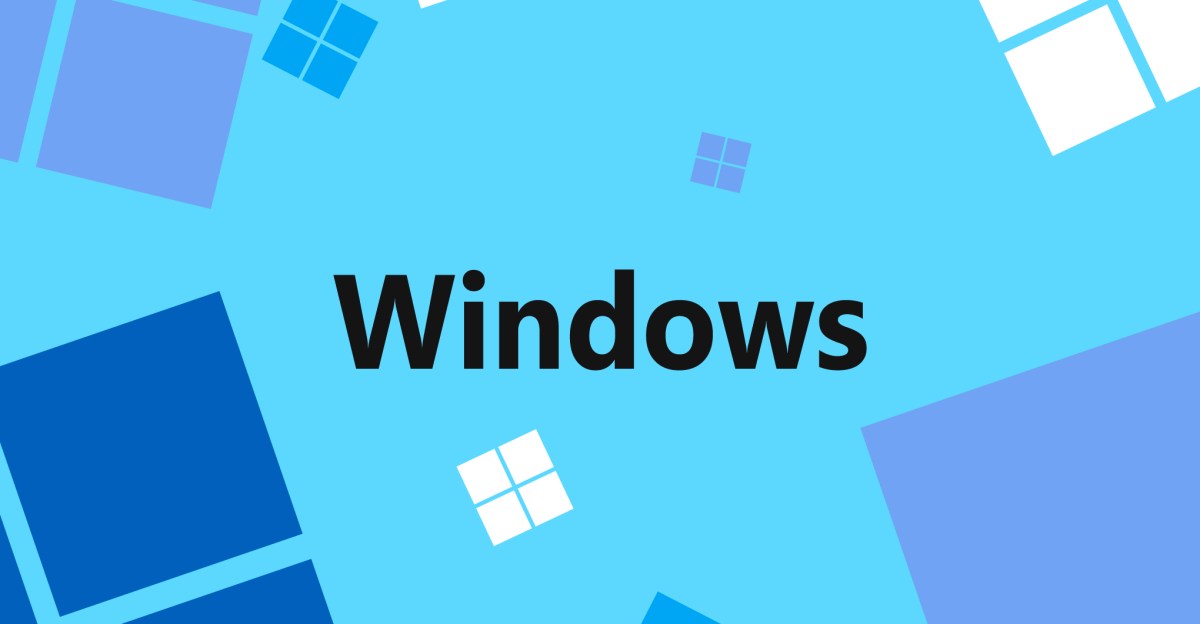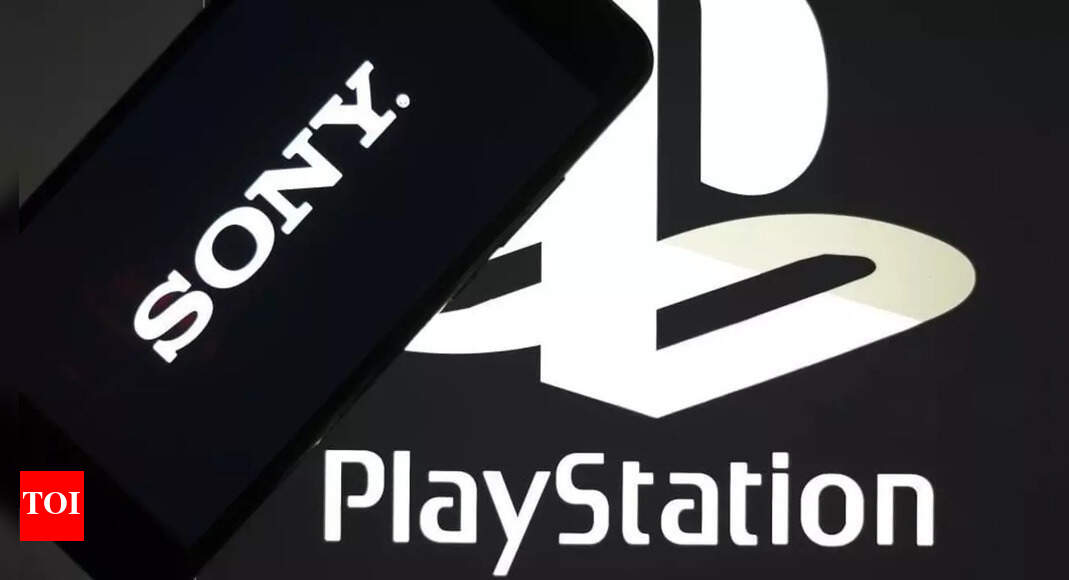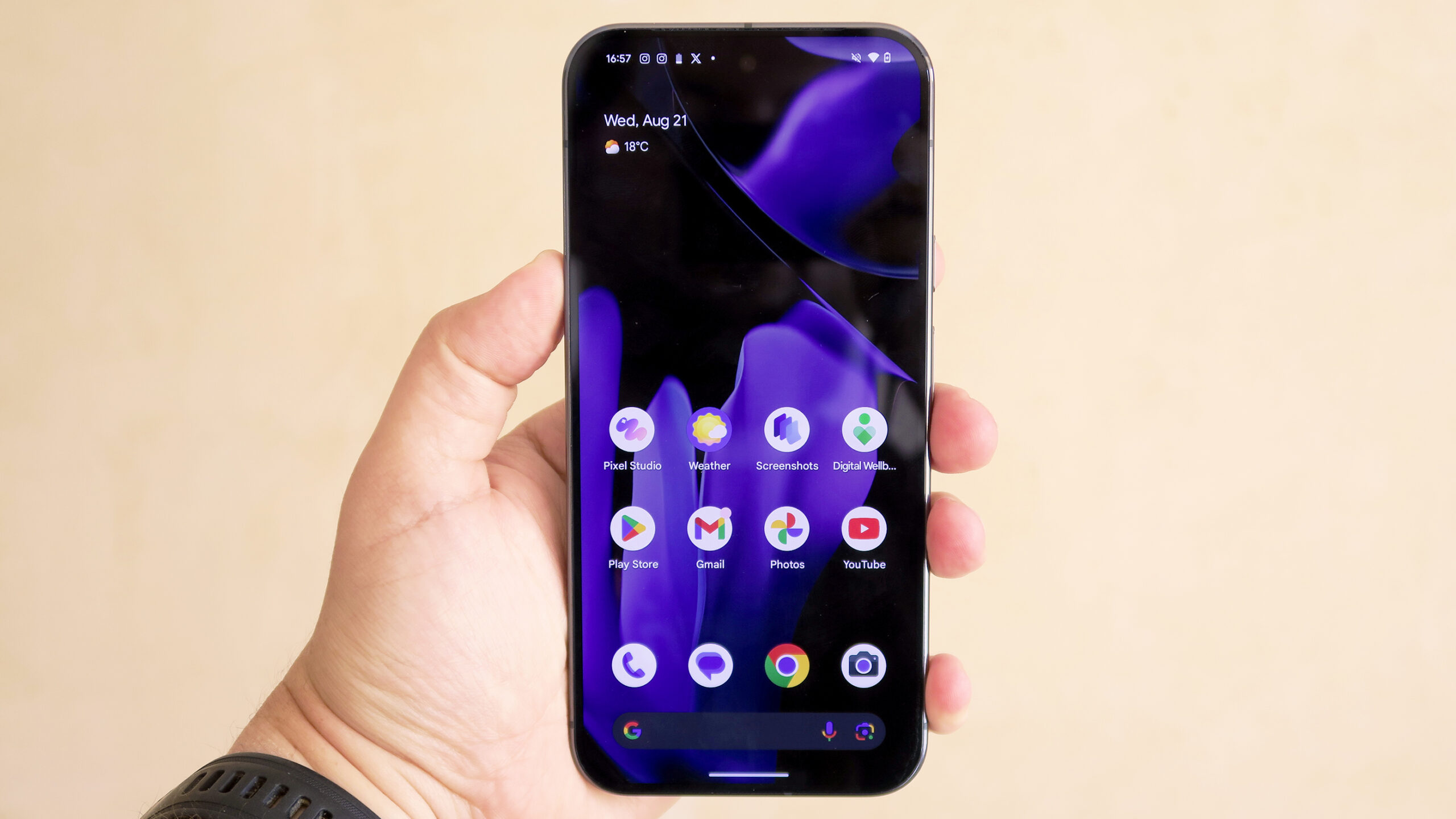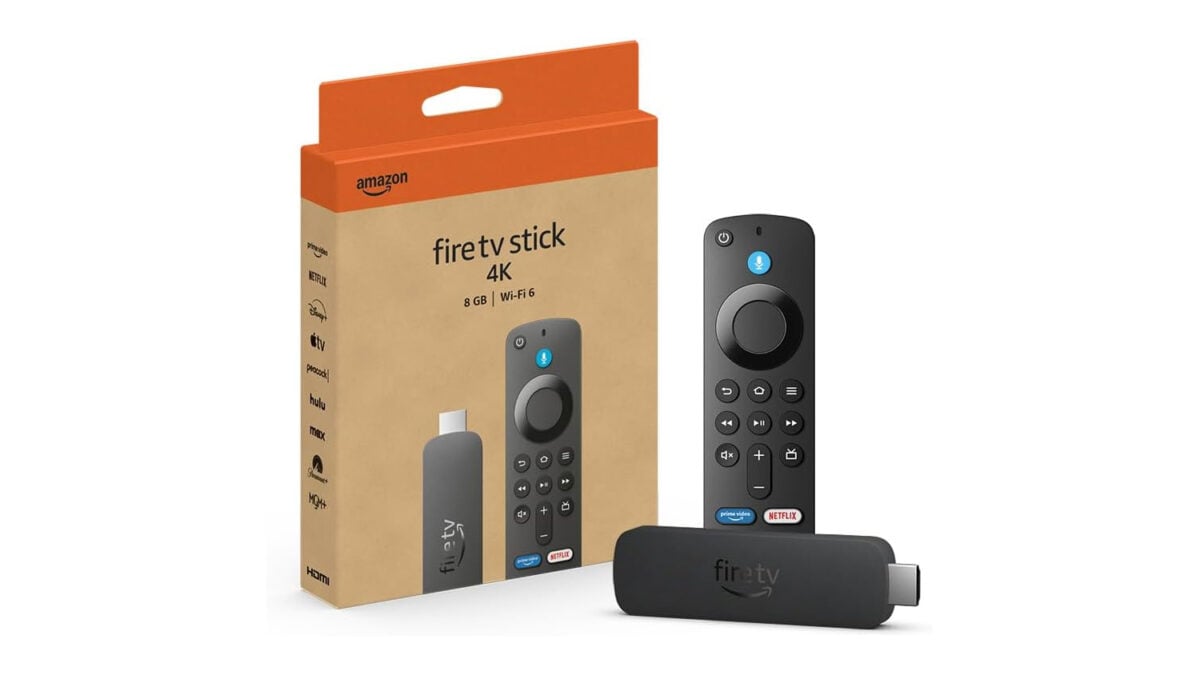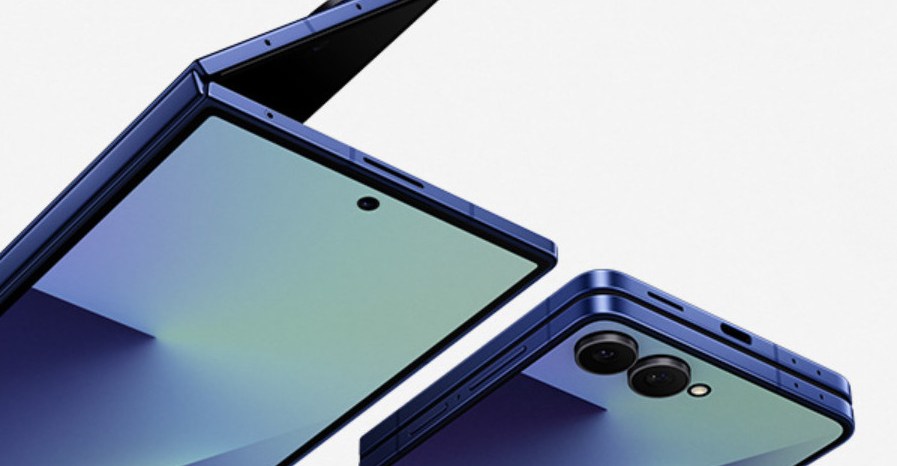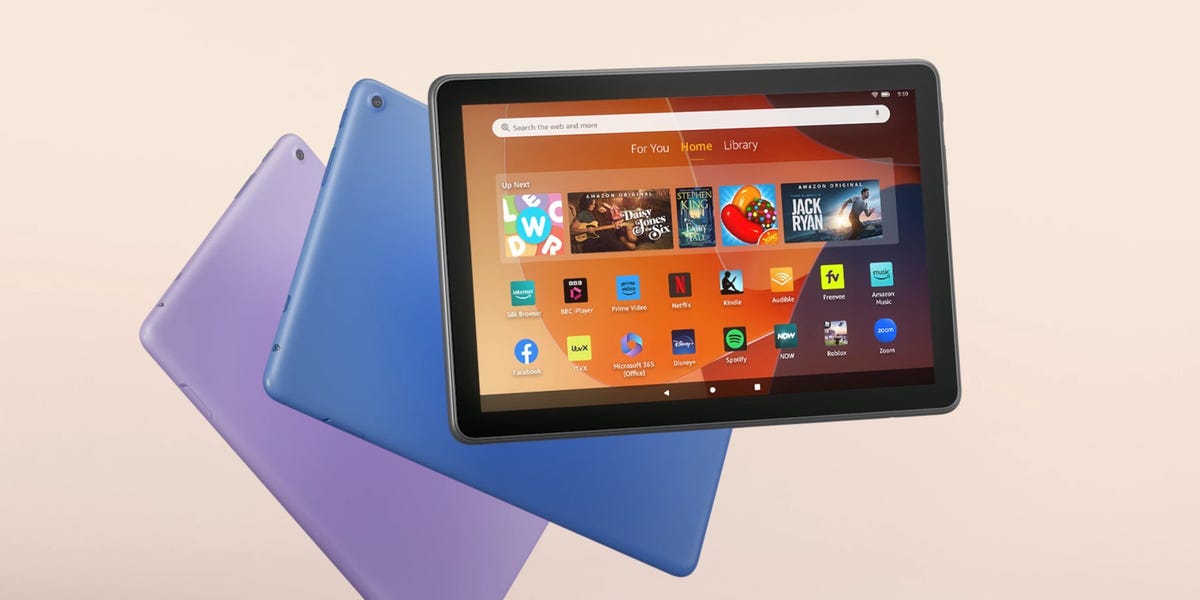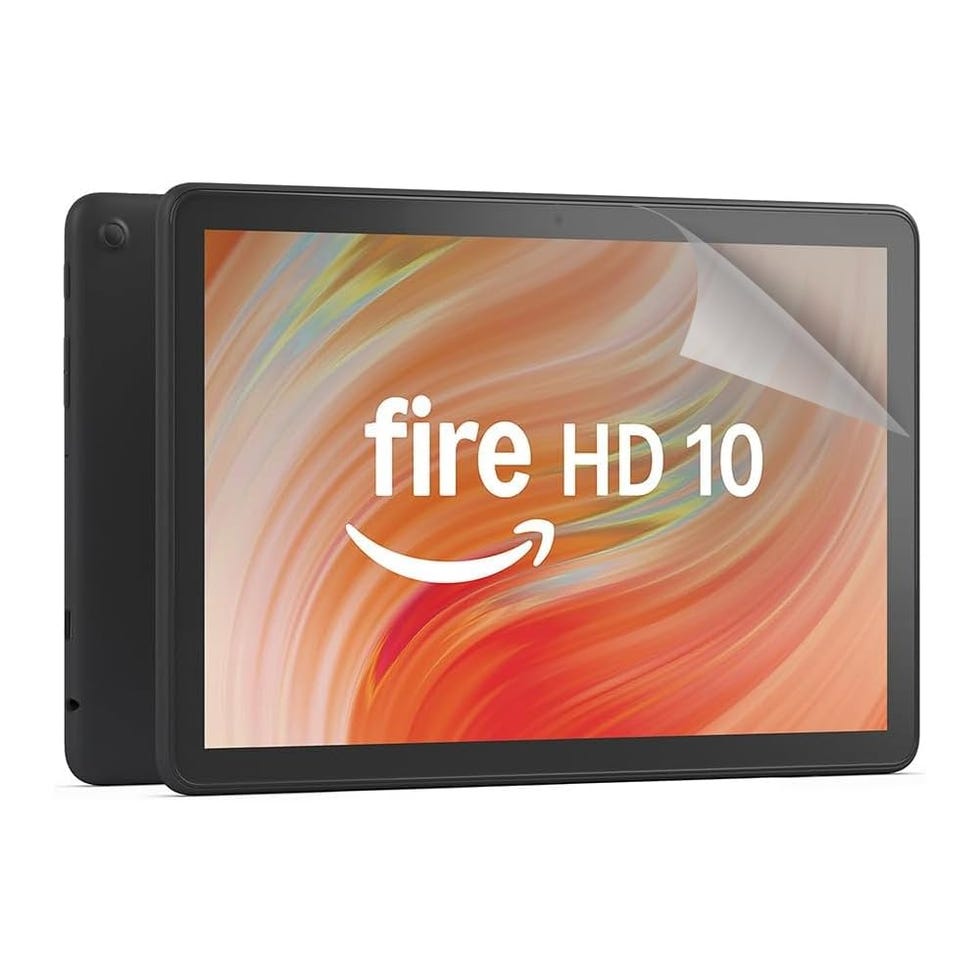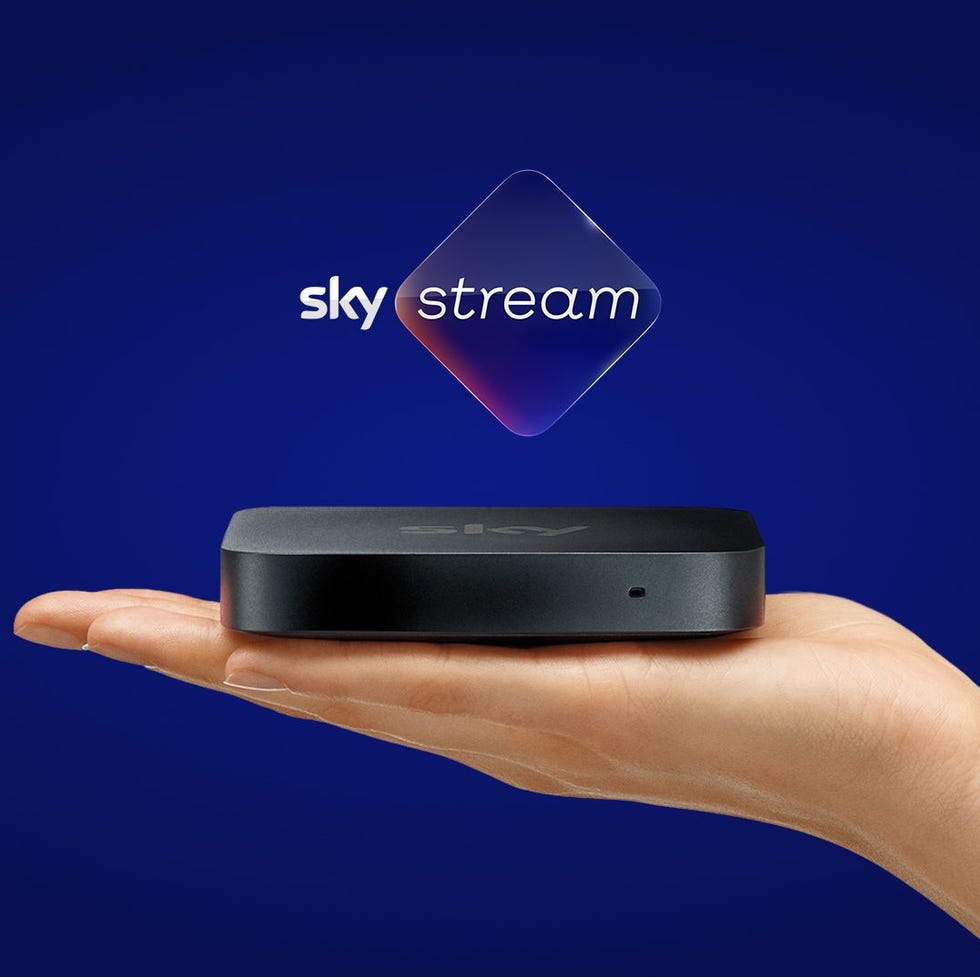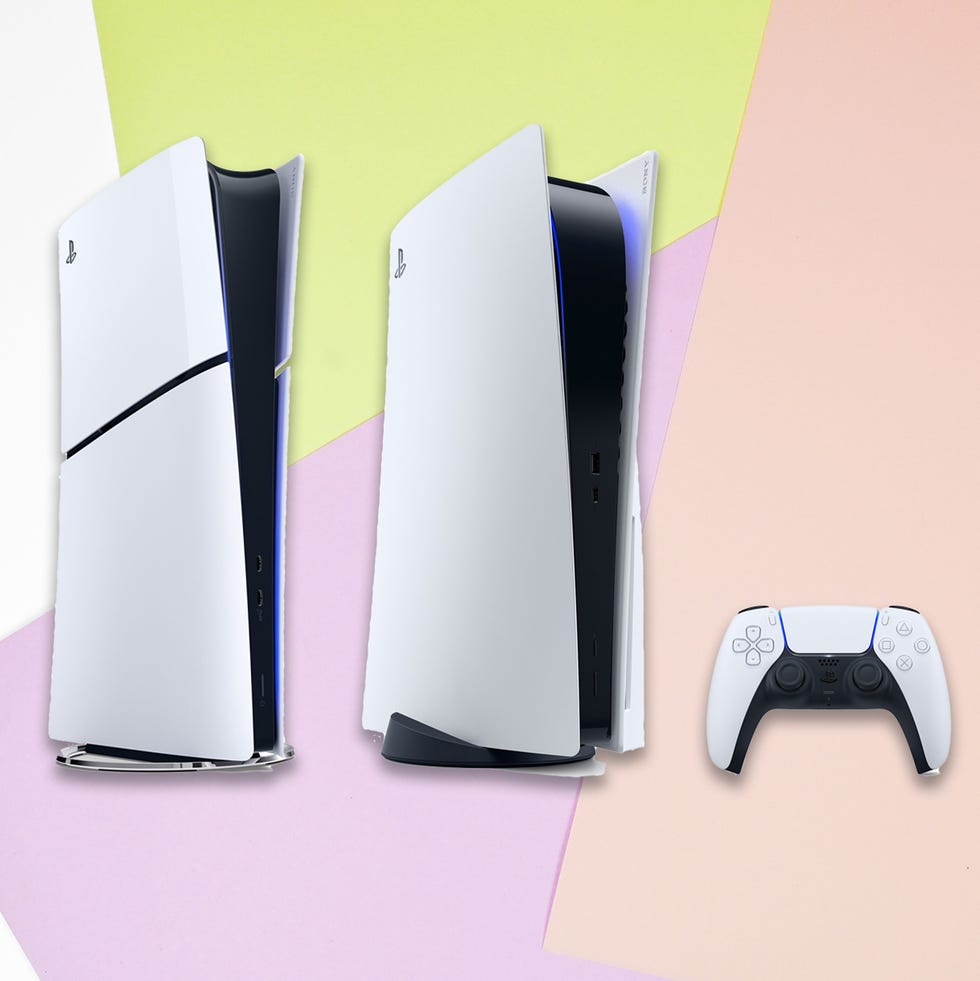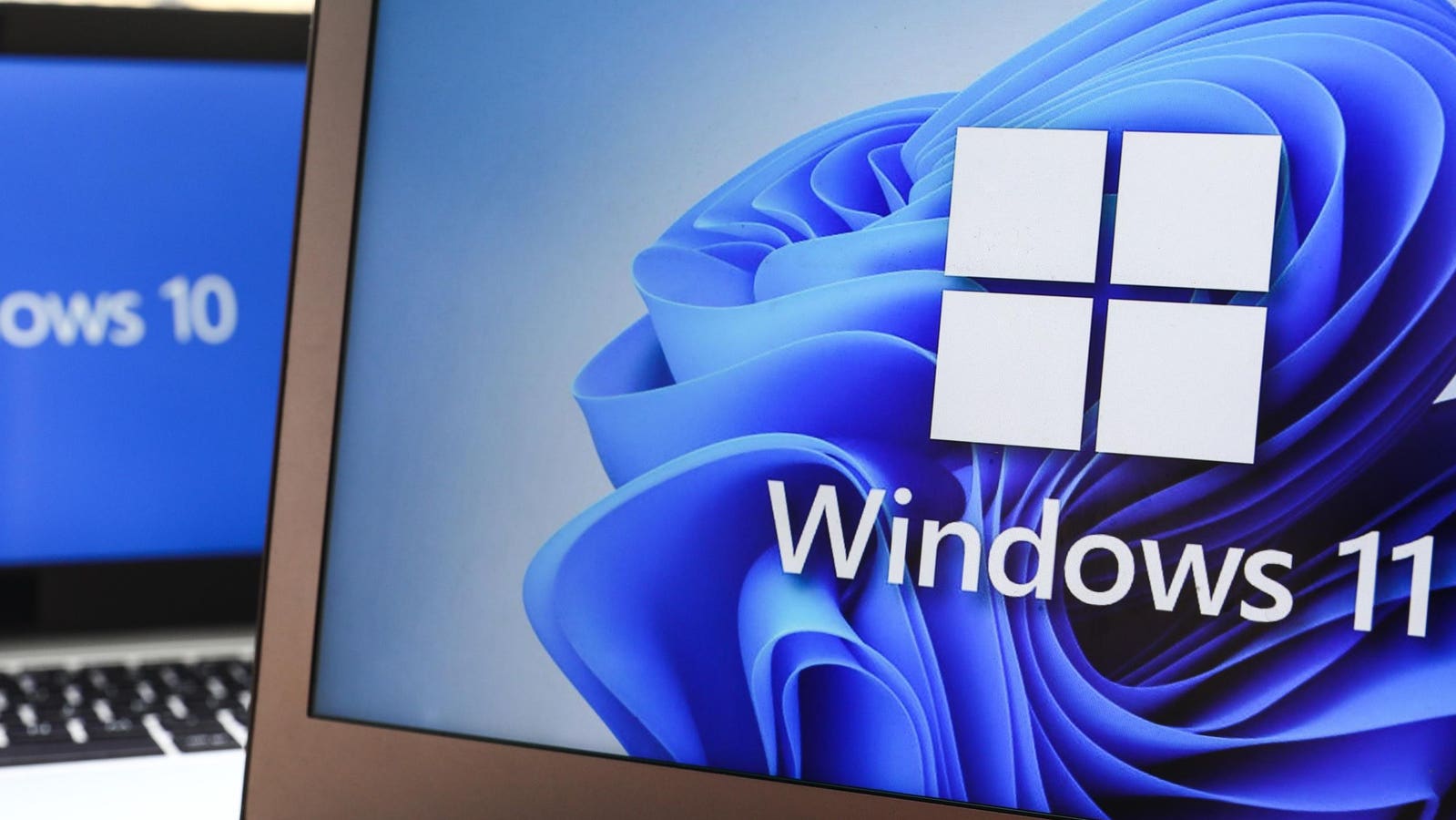Square Enix has released a special movie to celebrate the 25th anniversary of Final Fantasy 9, but fans are still left wondering what’s going on with the rumoured remake.
The movie is just a minute long, and is essentially a highlights reel from the game’s FMV sequences, edited over a new recording of the game’s iconic theme song Melodies of Life.
The video follows a number of other small releases in the run up to the anniversary. Back in March, Square Enix launched a 25th anniversary website for the game that’s slowly been updated with new artwork in celebration of the game’s Japanese release on 7th July 2000 (it was released in the UK a year later in 2001).
New merchandise has also been released, and – perhaps most interestingly – a new prequel picture book has been released from the game’s event designer Kazuhiko Aoki and character designer Toshiyuki Itahana. It details how adorable black mage Vivi got his name – I won’t spoil anything here.
So where, then, is the rumoured remake?
The rumour began back in 2021, as part of the infamous Nvidia leak which included a number of unreleased and unannounced Square Enix games. The leak has proven to be accurate so far, following the likes of the Chrono Cross remaster, Final Fantasy 7 Remake, and the recently revealed Final Fantasy Tactics remaster. The Final Fantasy 9 remake is now the only remaining officially unannounced Final Fantasy game from the leak.
As on the anniversary website, a new vinyl subtitled Timeless Tales is due for release later this week on 9th July – some fans believe this may be the name of the remake itself too.
Final Fantasy 14’s latest expansion, Dawntrail, also heavily references Final Fantasy 9. This could be coincidence considering the MMORPG regularly references past games, but its director and producer Naoki Yoshida has denied remaking Final Fantasy 9.
With this 25th anniversary, Square Enix seems to be really pushing Final Fantasy 9. The company announced earlier this year the game had sold 8.9m units worldwide, but this is less than many others in the series, not only including renowned favourite Final Fantasy 7 and the widely released Final Fantasy 15, but also Final Fantasy 8 and 10 – the two games either side of FF9. Where was Final Fantasy 8’s big 25th anniversary?
Released late in the PS1’s lifecycle, Final Fantasy 9 launched a year after Final Fantasy 8, which proved popular for its realistic graphical style, and a year before Final Fantasy 10 on the more powerful PS2. Though critically well-received, Final Fantasy 9 hasn’t always been the most popular of the series.
Still, a remake of the game would be great timing for Square Enix. The game’s original PS1 release was seen as a callback to the origins of the series, with its more medieval setting and cartoonish art style. A remake release now – if it stayed true to the original – would parallel this callback at a time Square Enix needs it most.
The Final Fantasy 7 Remake series has proven divisive in its approach to a remake, despite some welcome modernisation, while Final Fantasy 16 was exemplary for some fans of Square Enix’s decision to move further into action game territory.
A remake of Final Fantasy 9 would return the company to its turn-based roots and bring newer fans into the series with a classic remake. But at this point, Square Enix is just leaving us waiting.
If you’re yet to play Final Fantasy 9, a remaster is already available across PC, PS4, Xbox One, Switch, and mobile.

